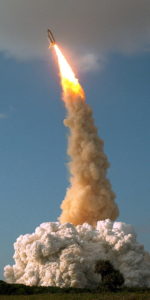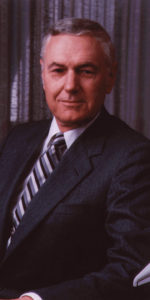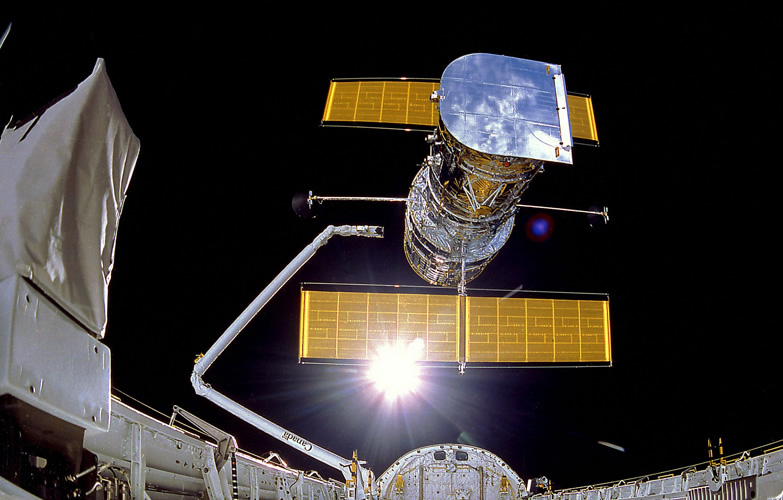
Thirty years ago today, the hands of humans and robots parted company with the Hubble Space Telescope for the final time before it began its momentous voyage to explore the Universe. Almost two decades in the making—and a half-century in the human imagination—Hubble had weathered financial and technical woes as it weaved its way from the drawing-board to a Florida launch pad. Its excessive cost brought it to the precipice of cancelation and by the time of the January 1986 Challenger accident it had swollen 30 percent over-budget and months behind schedule. And poor relationships between NASA and Hubble’s contractors would leave a lasting impact on the telescope, turning it for a few years in the early 1990s from a white knight of astronomy into a white elephant of ridicule.
Its future misfortunes could not have been further from anyone’s mind, however, on the morning of 25 April 1990, as Hubble hung on the end of Discovery’s Remote Manipulator System (RMS) robotic arm in the highest orbit ever achieved by the Space Shuttle at that time, some 380 miles (610 km) above Earth. And at the controls of that robotic arm were the human arms, hands, eyes and brain of astronaut Steve Hawley, tasked with the intricate responsibility of raising the 43-foot-long (13-meter) telescope out of the shuttle’s 60-foot-long (15-meter) payload bay and deploying it into space. Hubble’s glittering insulation would prompt Hawley to remark in his post-flight debriefs that future rendezvous missions to the telescope should best be executed in orbital darkness. The deployment of this most prized payload—described by former NASA Administrator Jim Beggs as the eighth wonder of the world—was an intricate affair, involving not only Hawley, but the other four members of Discovery’s STS-31 shuttle crew and an immense support team on the ground.
All of the crew had flown before. Commanding STS-31, Loren Shriver had previously piloted the first wholly classified Department of Defense shuttle mission in January 1985. His pilot, Charlie Bolden, had returned from his first spaceflight only days before the loss of Challenger, whilst Bruce McCandless had performed the first-ever untethered spacewalk, Kathy Sullivan became America’s first female spacewalker and Hawley himself sat through the shuttle program’s first on-the-pad launch abort. McCandless and Sullivan had been assigned to the Hubble mission in early 1985, which allowed them to dig into the complex Extravehicular Activity (EVA) tasks needed to repair and maintain the telescope. Hawley joined them shortly afterwards, assigned to operate the RMS to deploy Hubble, with Bolden and mission commander John Young named to the crew in September 1985. At the time of Challenger’s loss, their launch was scheduled for October 1986.
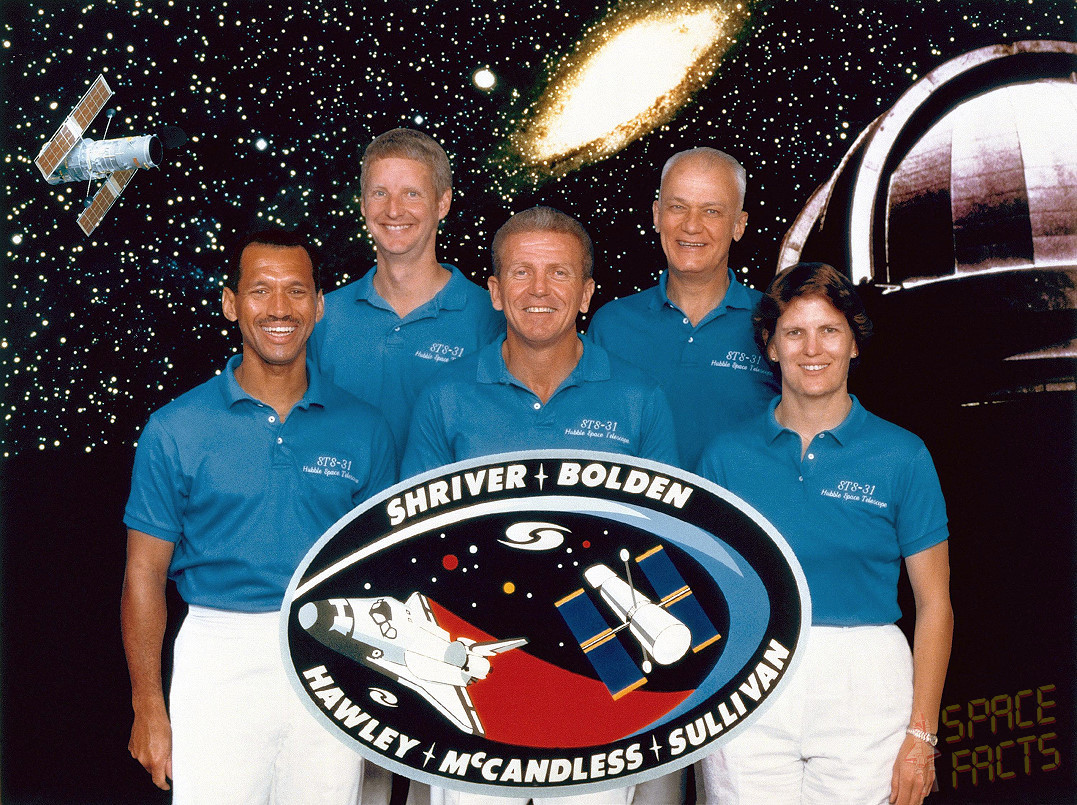
As detailed in yesterday’s AmericaSpace article, the four years which elapsed after the destruction of Challenger in January 1986 had allowed the Hubble team to extensively upgrade their telescope with more powerful solar arrays, better redundancy for critical systems and improved flight software. Even its failure-prone nickel-cadmium batteries were changed for more capable nickel-hydrogen ones. The expansion of Earth’s atmosphere during the period of “solar maximum” in the late 1980s and 1990 also required STS-31’s orbital altitude to be raised to put Hubble as high as possible, whilst simultaneously making it reachable by the shuttle. And at 8:33 a.m. EDT on 24 April 1990, Discovery roared into an orbit with a peak apogee of 380 miles (610 km), significantly higher in altitude than any human space mission since the final Apollo lunar landing crew.
After establishing themselves in orbit, the astronauts settled down to a busy Flight Day One, during which Hawley uncradled the RMS from the payload bay wall and put it through a sequence of tests to ensure that it would be ready to deploy Hubble next day. Early on 25 April—30 years ago today—he gingerly lifted the massive payload out of the bay and positioned it in a pre-deployment orientation with its large aperture door facing forward. Its two high-gain antennas were unfurled, springing “downward” and “outward”, after which the plan was to open the twin British-built solar arrays. The first array unfolded without incident; the second did not. It opened a short distance, then stopped.
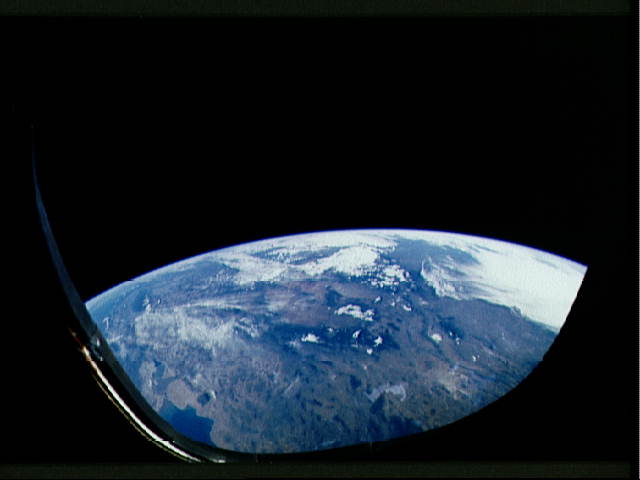
Time was of the essence, for once umbilical power between Discovery and Hubble had been severed, there existed less than two hours on internal batteries before the telescope’s arrays had to be open and generating their own electricity. If that did not happen, the batteries would die and so too would an astronomical jewel many years in the making.
An EVA repair loomed as the only possible solution. Having reduced Discovery’s cabin pressure the previous night, McCandless and Sullivan were already downstairs, clad in their space suits, in the airlock, with tools, ready to venture outside. McCandless was convinced that he knew the source of the problem: a glitch with a tension monitoring module. This was a unit of software to detect any excessive strain on the array and prevent it from tearing or binding. It would stop the array-deployment process and the spacewalkers would then have to go outside to fix it manually. To give them more time, they had partially completed their pre-EVA procedures before Hubble was grappled. “What’s left,” said Sullivan, “is to button up the suit, breathe 40 minutes of pure oxygen, close the hatch, depress, get outside.”
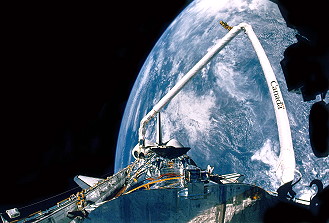
It was a double-edged sword, for despite having the opportunity of a spacewalk, it also risked nixing Sullivan’s other task of primary photographer for the deployment. Before launch, she had resolved to literally “wallpaper the telescope with photos”. Indeed, she wanted a cover shot on Aviation Week & Space Technology. Now, after working for five years on Hubble, she was locked up in the airlock and might not even see the moment of its release. With only minutes remaining before she and McCandless would have been directed to fully depressurise the airlock, Mission Control told them that a young engineer had assured them that the problem was an erroneous software indication…from the tension monitoring module. He requested permission to command the module to “No Op” (“No Operation”, effectively taking it out of the loop) and was certain that this would enable the stubborn second array to unfurl.
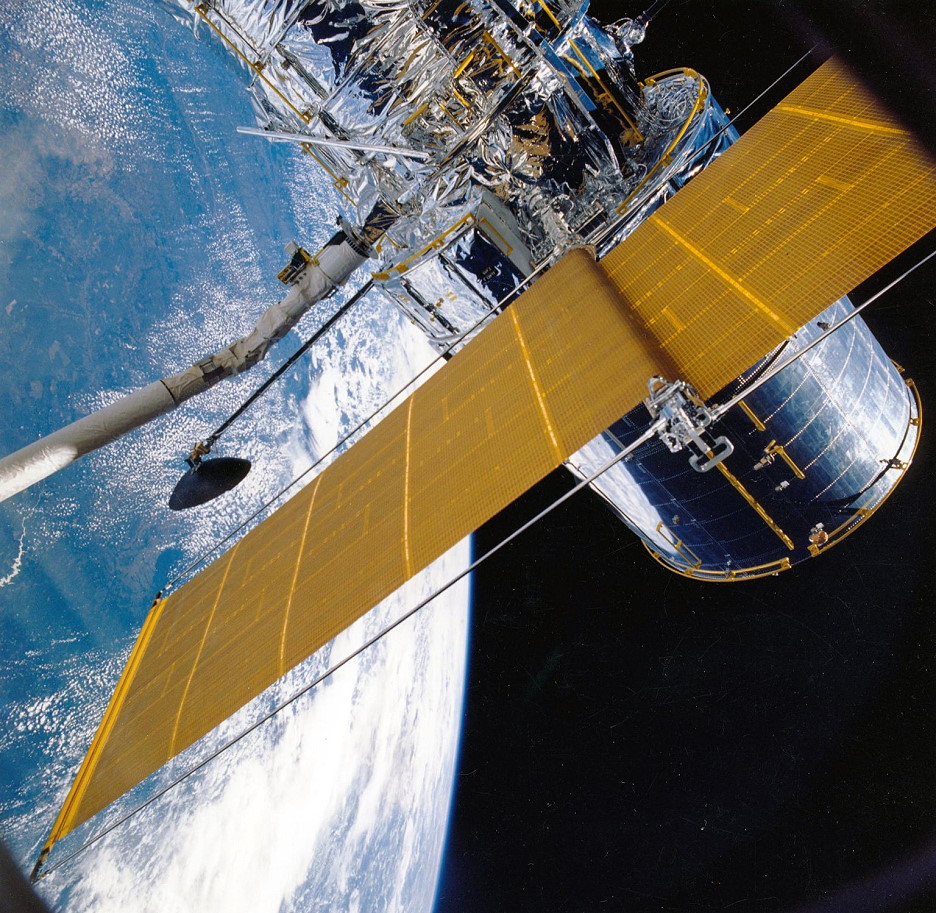
Flight Director Bill Reeves concurred and Capcom Story Musgrave radioed up the news: Hawley was to orient Hubble in a ready-to-deploy attitude and if the attempt to “No Op” worked, the array would probably start unfurling immediately and they would have to release the telescope as quickly as possible. It worked. Bolden was astounded, but McCandless offered a wizened grin. He had worked on Hubble for so long that he knew, instinctively, what had caused the problem.
Hawley’s other concern during the deployment was the remote chance that the RMS might fail. The joints of the arm were intentionally limited in terms of their speed, thereby offering him some margin to respond to contingencies, and that meant that the motion he could command was restricted. As he lifted Hubble, it “wobbled” noticeably and not until after landing did he realize that signal “noise” in the RMS joints contributed to random imparted motions. In his post-mission debriefings, he recommended that future simulations should take RMS joint noise into account.
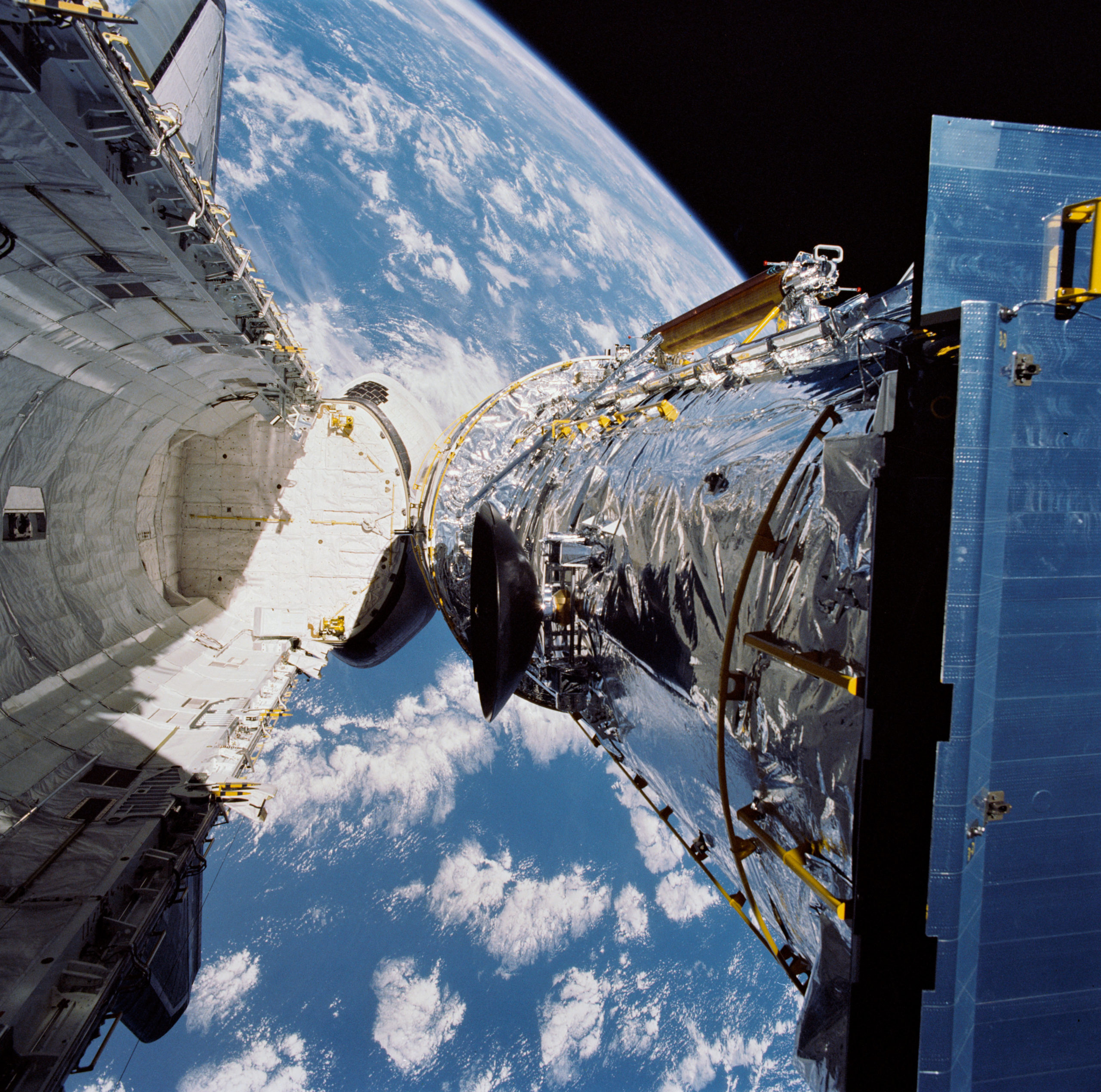
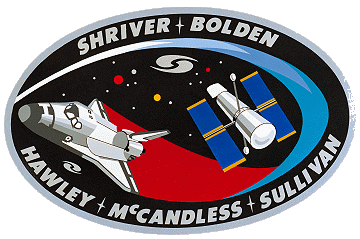
Bolden remembered the irony that the crew had actually trained for a solar array deployment failure during their last integrated simulation, shortly before launch. In that instance, McCandless and Sullivan had manually wound out the array, although they knew that doing such an action for real had the potential to severely damage the telescope. “Once you did that,” he said, “it took it out of its automatic mode and it would no longer be able to take care of itself…sort of like taking a baby from the womb, putting it on a respirator and putting it in a position where the rest of its life it would need something. That was what that would have meant for Hubble…until you send another crew up and put on another set of solar arrays and reset the clock.”
Disappointment at being unable to perform an EVA was stretched a little further when McCandless and Sullivan were unable to see the moment of deployment at 3:37 p.m. EDT. Bolden certainly felt for them, still cooped up in the airlock. “So we deploy Hubble, coming off the Pacific Ocean, across the west coast of South America,” he told the NASA oral historian, “and it’s just the most beautiful thing you can imagine. It comes off the end of the arm and down. We’re looking at the Andes Mountains and it goes right across the coast between Bolivia and Venezuela.” Shortly afterwards, he and Shriver pulsed Discovery’s Reaction Control System (RCS) thrusters on two occasions to raise their orbit slightly, causing them to fall steadily “behind” the telescope.
As the telescope drifted away from them, the three men on the flight deck gaped in awe at what they were seeing. Then, all of a sudden, and in unison, they all barked: “Camera! Somebody get a camera!”
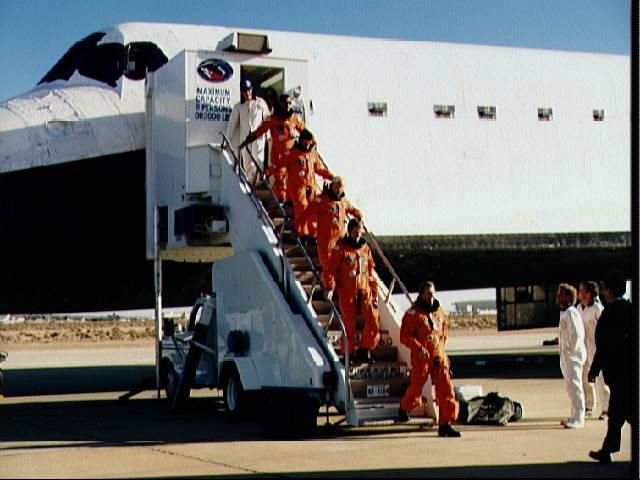
Bolden helped to save the day in terms of the photography. An IMAX large-format camera was already filming the deployment from the rear of Discovery’s payload bay and Bolden also acquired some spectacular footage from the interior of the cabin, with the hand-held IMAX device. Having sealed McCandless and Sullivan in the airlock, he shot a length of film as he floated upstairs to the flight deck, focusing firstly on Shriver at the orbiter’s controls, then Hawley at the RMS controls and then through the windows to reveal Hubble in all its grandeur. It was not like a “normal” camera, where it was possible to see what was going through the lens; instead, Bolden had nothing to gauge whether he was doing the right thing. After the flight, his biggest surprise was not only that the camera worked, but that it also stayed in focus. Later, IMAX would include the STS-31 imagery as part of its Blue Planet and Destiny in Space documentaries.
Four days later, on 29 April 1990, Shriver and Bolden guided Discovery smoothly back through the atmosphere and landed at Edwards Air Force Base, Calif., wrapping up a mission which promised to uncover the mysteries of the Universe. And in spite of early difficulties with a “spherical aberration”, caused by improperly ground optics, Hubble was triumphantly repaired in December 1993 and over the next two decades numerous shuttle crews serviced it and added new and improved scientific instrumentation.
Many astronauts who worked on the telescope over the years have remarked that the Hubble of today is a far more powerful tool than the one deposited in orbit that April day, 30 years ago. And thanks to the sterling efforts of the STS-31 crew and Mission Control, Hubble’s remarkable journey was underway. It is a journey that continues to this day.
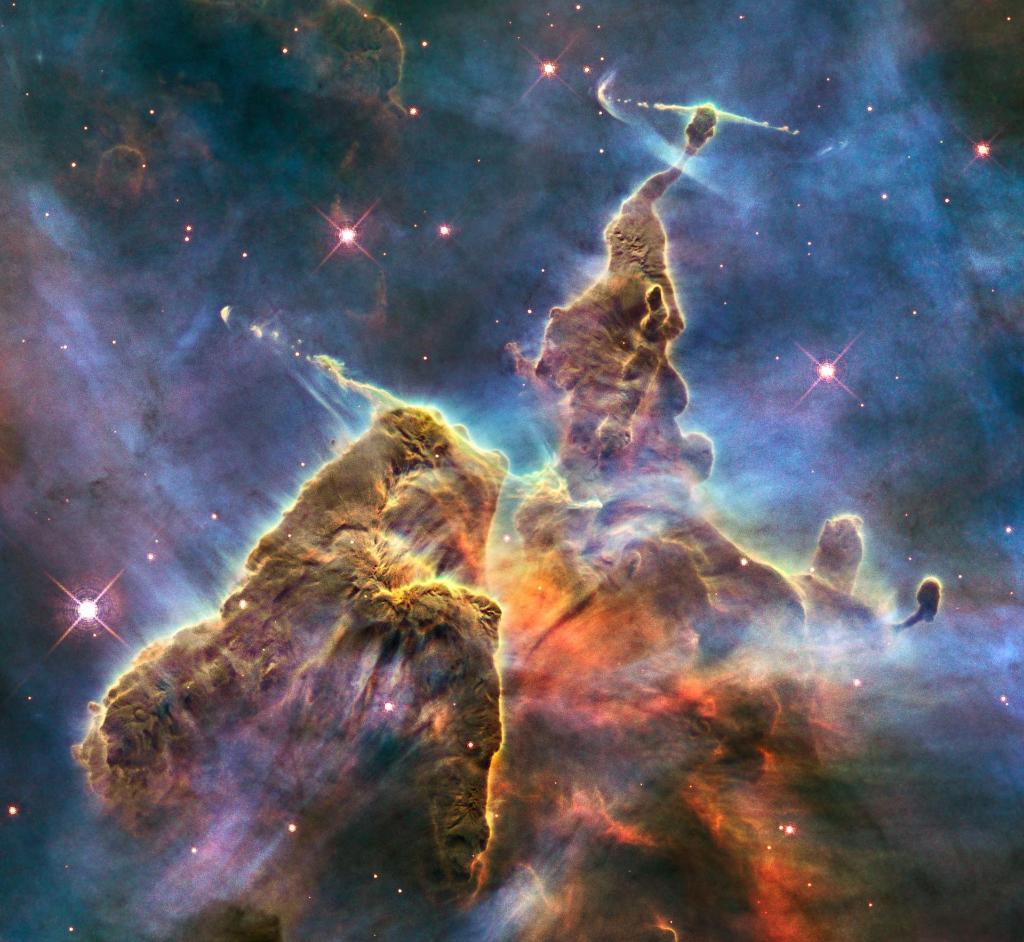
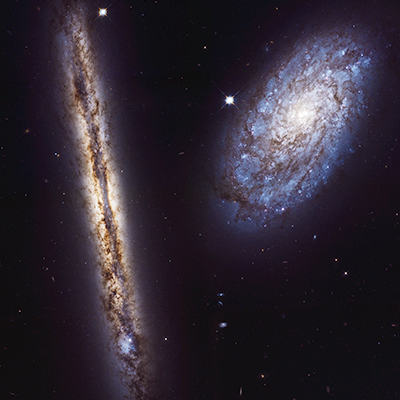
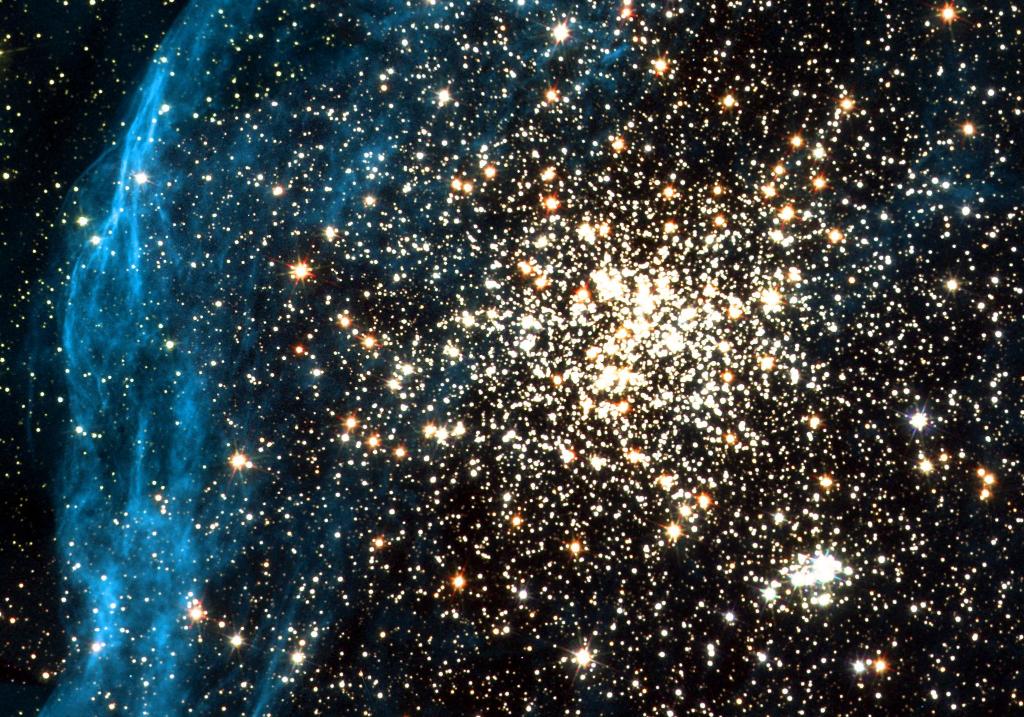
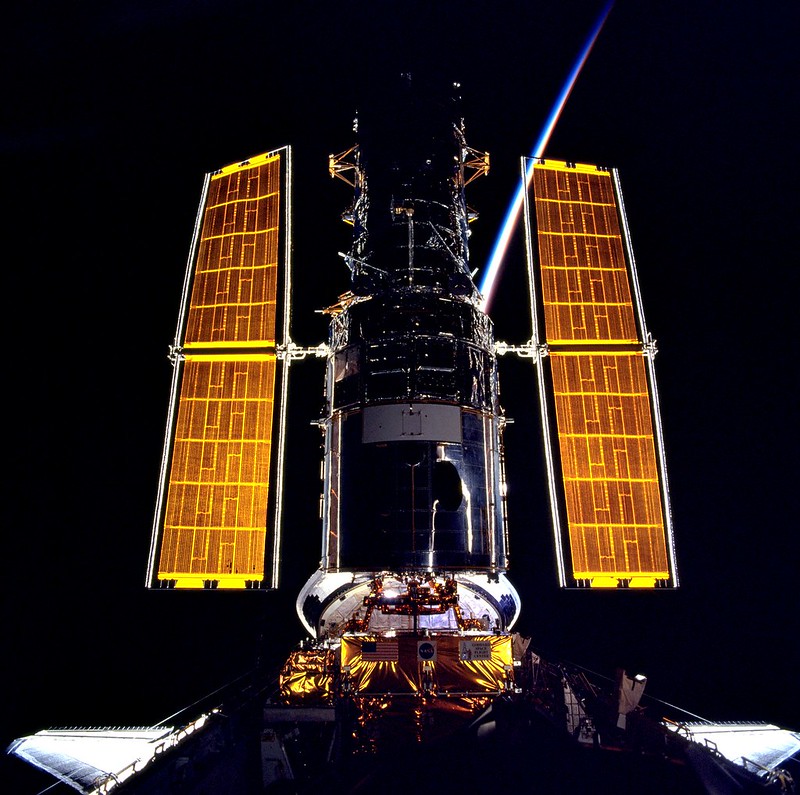
.
.
FOLLOW AmericaSpace on Facebook and Twitter!
.




